
Volvo S60

Model Overview
The Volvo S60 is this upscale Swedish brand's compact sedan model. As is Volvo's way, it's a stylish car that stands out next to Germany's more sedate designs, with a minimalist interior aesthetic that could only come from a Scandinavian brand. S60's drive is more sedate than that of its Teutonic competitors, but speedy Polestar versions edge into performance-car territory. Volvo redesigned the S60 in 2019, and added a PHEV option in 2020.
Photos



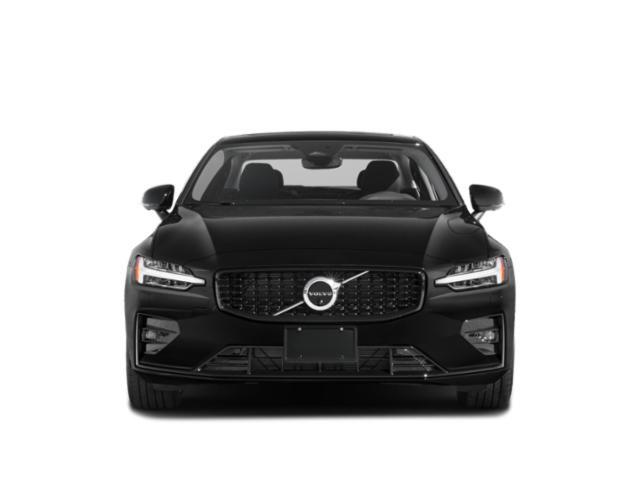

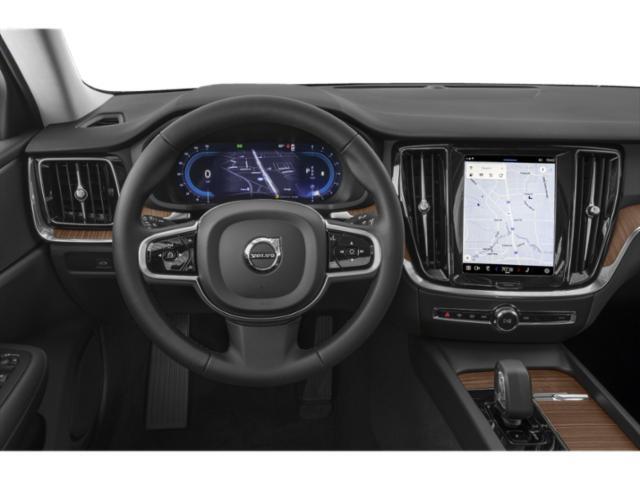

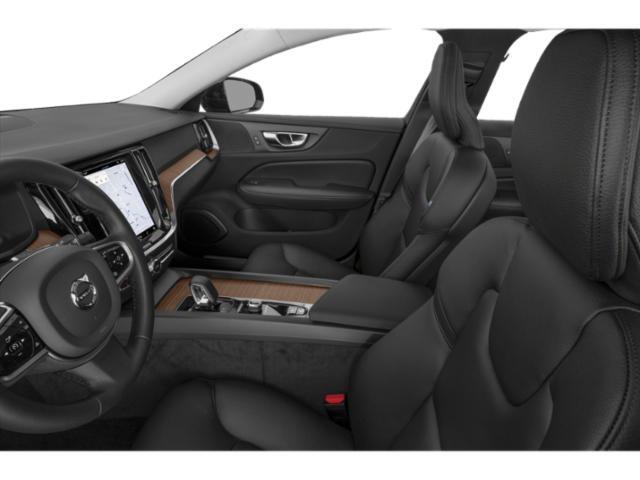
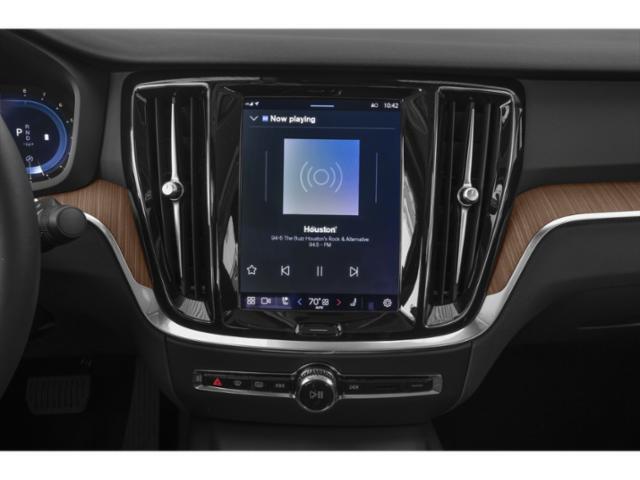
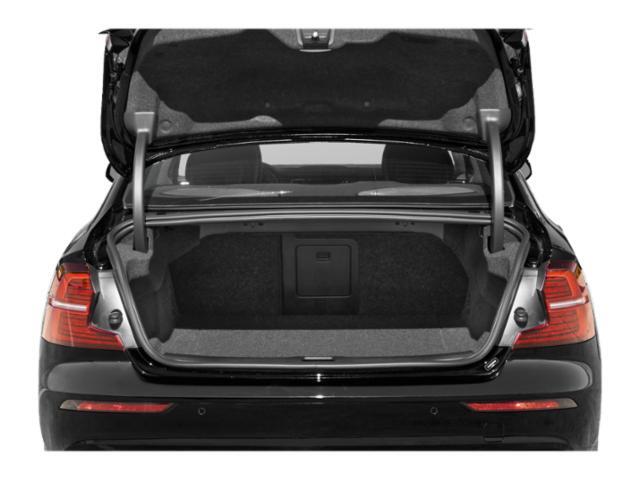
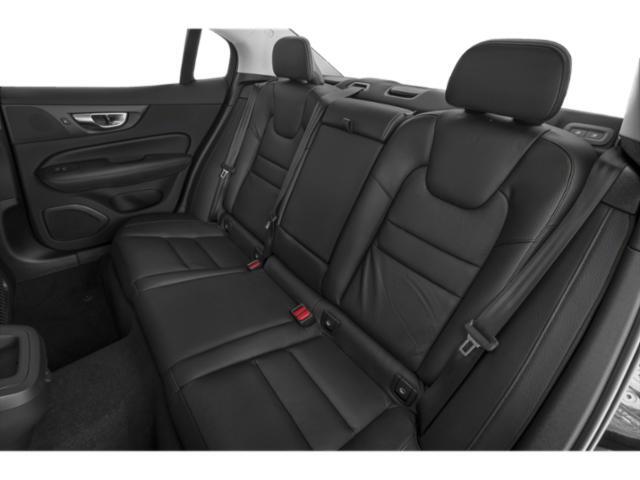
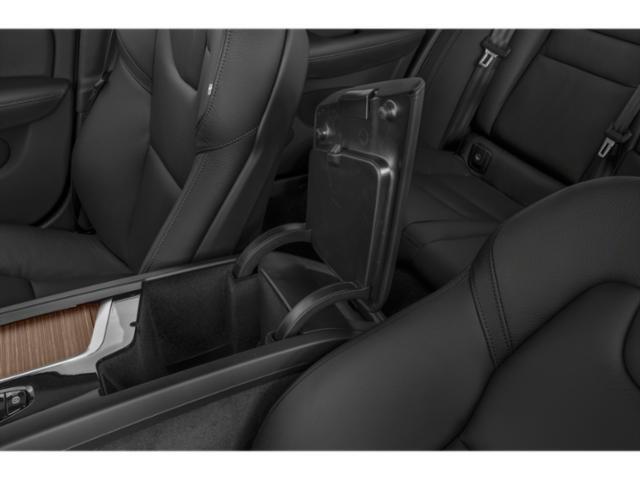
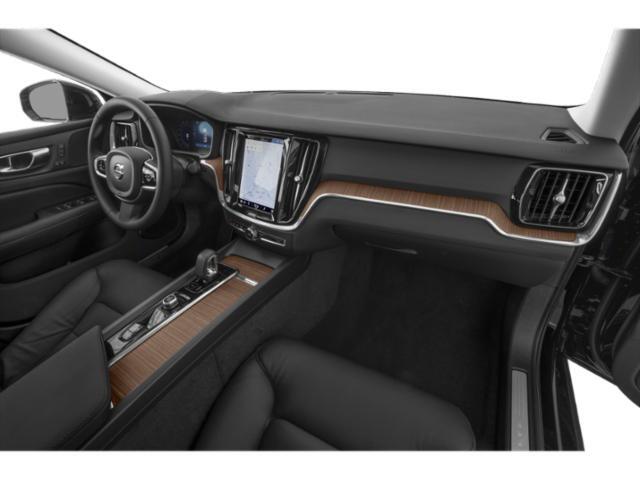
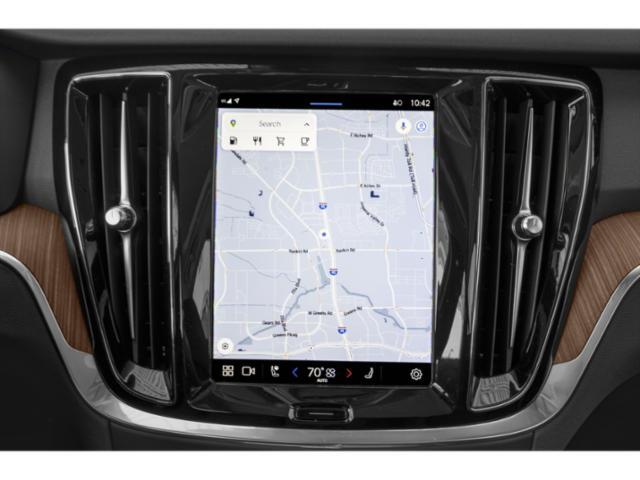














Reviews and News
Owner Scores
Comfort
N/A
Performance
N/A
Fuel Economy
N/A
Interior Design
N/A
Exterior Styling
N/A
Reliability
N/A
Owner Reviews
purewilpoer
Classy and elegant
November 22, 2017
Sport
Overall Score
This car is really good-looking and oozes confidence. I like the interior design and the performance of the engine. The only downside I see is the cost of the parts and the amount of fuel used.
Comfort
10
Performance
10
Fuel Economy
6
Interior Design
10
Exterior Styling
10
Reliability
6
Recall Information
* Data provided by Transport Canada
Recall number
Recall date
System affected
Model year(s) affected
Recall number
2025-233
Recall date
2025-05-01
System affected
Visual System
Model year(s) affected
2023 2024 2025
Manufacturer Recall Number:
R10320
Units Affected:
40,673
Notification Type:
Safety Mfr
Issue:
On certain vehicles, a software problem could cause the rearview camera image not to display when the transmission is shifted into reverse.
Safety Risk:
A rearview camera image that doesn't display could reduce a driver's ability to see behind the vehicle while backing up. This could increase the risk of a crash.
Corrective Actions:
Volvo will notify owners by mail and send a wireless over-the-air software update to eligible vehicles to update the vehicle software. Alternatively, you may schedule an appointment to have the update performed at a Volvo dealership.
Recall number
2023-620
Recall date
2023-11-21
System affected
Airbag
Model year(s) affected
2019 2020 2021 2022 2023 2024
Manufacturer Recall Number:
R10254
Units Affected:
16
Notification Type:
Safety Mfr
Issue:
On certain vehicles, the bolts that attach the front-passenger airbag may not have been properly tightened. As a result, the airbag may not inflate properly in a crash.
Safety Risk:
An airbag that does not work properly could create an increased risk of injury in a crash.
Corrective Actions:
Volvo will notify owners by mail and advise you to take your vehicle to a dealership to inspect and, if necessary, tighten the front-passenger airbag bolts.
Recall number
2023-161
Recall date
2023-03-22
System affected
Accessories
Model year(s) affected
2023
Manufacturer Recall Number:
R10225
Units Affected:
5
Notification Type:
Safety Mfr
Issue:
On a small number of vehicles, a software problem could cause an "e-Call service required" message to falsely display when there is no issue with the emergency calling (e-Call) system. As a result, you may not be warned when there is a real problem with the e-Call system.
Safety Risk:
If the emergency calling system does not work in an emergency situation, there could be a delay in response from emergency services.
Corrective Actions:
Volvo will notify owners by mail and instruct you to take your vehicle to a dealership to update the telematics and connectivity antenna module (TCAM).
Recall number
2023-010
Recall date
2023-01-19
System affected
Brakes
Model year(s) affected
2023
Manufacturer Recall Number:
R10217
Units Affected:
1,602
Notification Type:
Safety Mfr
Issue:
On certain vehicles, a problem in the brake control module (BCM) could cause reduced braking. It could also cause different safety systems to stop working. This can include the antilock brake system (ABS), electronic stability control (ESC), traction control, adaptive cruise control (ACC), pilot assist and one pedal drive (OPD).
Safety Risk:
Reduced braking can cause extended stopping distances and increase the risk of a crash. Additionally, vehicle safety systems that stop working suddenly could increase the risk of a crash.
Corrective Actions:
Volvo will notify owners in writing and send a wireless over-the-air update to each vehicle. If the update cannot be completed successfully, or for vehicles without over-the-air (OTA) update capability, Volvo will instruct you to schedule an appointment to have the update performed by a dealer.
Recall number
2022-595
Recall date
2022-10-20
System affected
Visual System
Model year(s) affected
2019 2020 2021 2022 2023
Manufacturer Recall Number:
R10191
Units Affected:
31,117
Notification Type:
Compliance Mfr
Issue:
On certain vehicles, a software problem could cause the top-view camera to display instead of the rearview camera image when you are reversing. Canadian regulations require the rearview image to display when reversing.
Note: This recall only affects vehicles equipped with a 360-degree park assist camera.
Safety Risk:
A rearview camera image that does not display could reduce a driver's ability to see behind the vehicle while backing up. This could increase the risk of a crash.
Corrective Actions:
Volvo will notify owners in writing and send a wireless over-the-air update to each vehicle. If the update cannot be completed successfully, or for vehicles without over-the-air (OTA) update capability, Volvo will instruct you to schedule an appointment to have the update performed by a dealer.
Recall number
2022-594
Recall date
2022-10-20
System affected
Powertrain
Model year(s) affected
2022 2023
Manufacturer Recall Number:
R10198
Units Affected:
1,185
Notification Type:
Safety Mfr
Issue:
On certain plug-in hybrid (PHEV) models, a software problem in the electrical drive cooling circuit could cause the combustion engine not to start under certain conditions. If this happens, there could be a loss of power to the wheels.
Safety Risk:
A loss of power to the wheels could increase the risk of a crash.
Corrective Actions:
Volvo will notify owners in writing and send a wireless over-the-air update to each vehicle. If the update cannot be completed successfully, or for vehicles without over-the-air (OTA) update capability, Volvo will instruct you to schedule an appointment to have the update performed by a dealer.
Recall number
2021-540
Recall date
2021-09-01
System affected
Seats And Restraints
Model year(s) affected
2021 2022
Manufacturer Recall Number:
R10111
Units Affected:
2,862
Notification Type:
Compliance Mfr
Issue:
On certain vehicles, the passenger seat belt assemblies may contain defective automatic locking retractors (ALR). As a result, the seat belts may not properly lock to secure a child seat.
Note: The vehicle's lower universal anchorage system (UAS) is not affected by this defect and may still be used to secure a child seat.
Safety Risk:
A seat belt that is used to secure a child restraint but is not properly locked could increase the risk of injury in a crash.
Corrective Actions:
Volvo will notify owners by mail and instruct you to take your vehicle to a dealer to inspect the seat belts. They will be replaced, if necessary.
Recall number
2021-345
Recall date
2021-06-02
System affected
Electrical
Model year(s) affected
2019 2020
Manufacturer Recall Number:
R10100
Units Affected:
8,506
Notification Type:
Safety Mfr
Issue:
On certain vehicles, the fuse for the low-pressure fuel pump may be too small. As a result, the fuse could blow and the engine could stall while driving.
Safety Risk:
A sudden loss of engine power could increase the risk of a crash.
Corrective Action:
Volvo will contact owners by mail and instruct you to take your vehicle to a dealer to replace the 15 A fuse for the low-pressure fuel pump with a 20 A fuse.
Recall number
2020-099
Recall date
2020-03-13
System affected
Brakes
Model year(s) affected
2019 2020
Manufacturer Recall Number:
R29998
Units Affected:
11,834
Notification Type:
Safety Mfr
Issue:
On certain vehicles, the automatic emergency braking system (AEB) may not apply the brakes automatically when it detects a possible collision. In addition, the system may not warn of a potential crash with a non-moving vehicle or object.
Note: The regular brake system and all other functions in the vehicle are not affected by this problem.
Safety Risk:
The AEB system may not provide driver warnings and apply the brakes automatically to help avoid a crash.
Corrective Actions:
Volvo will notify owners by mail and instruct you to take your vehicle to a dealer to update the vehicle software.
Recall number
2019-203
Recall date
2019-04-25
System affected
Suspension
Model year(s) affected
2019
Manufacturer Recall Number:
R19938
Units Affected:
909
Notification Type:
Safety Mfr
Issue:
The locking nuts on the rear suspension toe links may not have been properly tightened during assembly. This could cause a toe link to detach, which would cause a sudden change in vehicle handling. It could also cause the Electronic Stability Control (ESC) system to turn off.
Safety Risk:
A sudden change in vehicle handling could increase the risk of a crash.
Corrective Actions:
Volvo will notify owners by mail and instruct them to take their vehicle to a dealer to inspect the rear suspension toe link flange lock nuts. If a nut is found loose, both the bolt and nut will be replaced.
Recall number
2016-638
Recall date
2016-12-16
System affected
Airbag
Model year(s) affected
2017
Manufacturer Recall Number:
R89712
Units Affected:
96
Notification Type:
Safety Mfr
Certain vehicles may have been equipped with airbag inflators that do not meet specifications. This could cause affected airbags to fail to deploy in the event of a crash, which could increase the risk of injury to the occupants. Correction: Dealers will replace affected airbag modules. Note: Depending on the vehicle in question, the front passenger, and/or front seat-side airbag modules may be affected.
Recall number
2016-534
Recall date
2016-10-28
System affected
Seats And Restraints
Model year(s) affected
2016 2017
Manufacturer Recall Number:
R89708
Units Affected:
5,084
Notification Type:
Safety Mfr
On certain vehicles, the front passenger seatbelt buckle stud may not have been punched correctly during manufacturing. This may cause a separation between the buckle and the seat belt bracket, which could result in the belt not adequately restraining the seat occupant in a crash, increasing the risk of injury and/or damage to property. Correction: Dealers will inspect the front passenger seat belt buckle stud, and replace the seatbelt buckle as necessary.
Recall number
2015-388
Recall date
2015-09-02
System affected
Electrical
Model year(s) affected
2016
Manufacturer Recall Number:
R39574
Units Affected:
23
Notification Type:
Safety Mfr
On certain vehicles with an automatic stop-start function, in certain stop and go driving situations, the starter motor fuse may become overloaded (blown fuse). This could lead to the inability to restart the engine following an engine shutdown by the start-stop system, increasing the risk of crash causing injury in a traffic situation. Correction: Dealers will replace the starter motor fuse with a higher amperage rated fuse.
Recall number
2013-419
Recall date
2013-11-26
System affected
Lights And Instruments
Model year(s) affected
2011 2012
Manufacturer Recall Number:
R29436
Units Affected:
1,402
Notification Type:
Safety Mfr
Certain vehicles may not comply with the requirements of Canada Motor Vehicle Safety Standard 101 - Controls and Displays. The oil pressure sensor is not activated in the original factory downloaded software. As a result, no oil pressure information would be indicated to the driver in the instrument cluster. Correction: Dealers will update software.
Recall number
2013-285
Recall date
2013-08-26
System affected
Other
Model year(s) affected
2014
Manufacturer Recall Number:
Units Affected:
366
Notification Type:
Safety Mfr
On certain vehicles equipped with Keyless Ignition, the Central Electronic Module (CEM) may not perform as intended. When starting the engine, the amber coloured warning light in the driver information module may illuminate and there may be a message displayed such as "Alarm System Service Required" (other messages may be displayed depending on individual vehicle equipment). In addition, one or all of the following may occur: The front windshield wipers may operate continuously while the ignition is ON. The turn signals may not function. The headlight switch may not work. The high beam headlamps may not work. The battery may drain. Correction: Dealers will upgrade the CEM software.
Recall number
2012-101
Recall date
2012-03-14
System affected
Fuel Supply
Model year(s) affected
2012
Manufacturer Recall Number:
R251
Units Affected:
136
Notification Type:
Safety Mfr
On certain vehicles, the underbody coating may have been incorrectly formulated and excessively applied during the vehicle assembly process. This can result in rigid, icicle-like formations of underbody coating hanging from the undercarriage of the vehicle, which could damage the fuel lines and cause a leak. Fuel leakage, in the presence of an ignition source, could result in a fire causing property damage and/or personal injury. Correction: Dealers will inspect and, if necessary, remove excessive underbody coating near the fuel lines.
Recall number
2012-082
Recall date
2012-02-28
System affected
Airbag
Model year(s) affected
2012
Manufacturer Recall Number:
R250
Units Affected:
3,424
Notification Type:
Safety Mfr
On certain vehicles, the wire harness under the driver and/or passenger seat may not have been properly affixed to the seat frame during vehicle assembly. As such, the harness may get caught by the amplifier (mounted under the seat) when seating position is adjusted. If this occurs, the harness connector may detach from the socket and, as a result, the corresponding airbag may not function as intended, causing the instrument panel SRS warning lamp to illuminate. Failure of a frontal airbag to deploy during a crash (where deployment is warranted) could increase the risk of personal injury to the seat occupant. Correction: Dealers will inspect and, if necessary, secure the wire harness to the driver and/or passenger seat frame.
Recall number
2011-388
Recall date
2011-11-04
System affected
Label
Model year(s) affected
2011 2012
Manufacturer Recall Number:
R247
Units Affected:
11
Notification Type:
Compliance Mfr
On certain vehicles equipped with a dealer-installed optional accessory spare tire and wheel kit, the Tire and Loading Information label may not contain correct information. Since the vehicle was originally fitted (by the factory) with a tire inflation kit, the label indicates “none” as the spare tire designation, instead of spare tire size and inflation pressure information. Correction: Dealers will replace the Tire and Loading Information label.
Recall number
2011-218
Recall date
2011-06-06
System affected
Fuel Supply
Model year(s) affected
2012
Manufacturer Recall Number:
R245
Units Affected:
27
Notification Type:
Safety Mfr
On certain vehicles, a fuel line quick connector may have been incorrectly manufactured and could fail. Should the connector detach, it could cause engine stalling and a fuel leak. Engine stalling would result in lost propulsion which, in conjunction with traffic and road conditions, and the driver's reactions, could increase the risk of a crash. Fuel leakage, in the presence of an ignition source, could result in a fire. These issues could result in property damage and/or personal injury. Correction: Dealers will replace the high-pressure fuel line assembly.
Recall number
2011-211
Recall date
2011-05-31
System affected
Fuel Supply
Model year(s) affected
2012
Manufacturer Recall Number:
R243
Units Affected:
402
Notification Type:
Safety Mfr
On certain vehicles, the fuel system software may not be compatible with the fuel pump assembly. Insufficient fuel transfer could cause engine hesitation or stalling. Engine stalling would result in loss of propulsion which, in conjunction with traffic and road conditions, and the driver's reactions, could increase the risk of a crash causing property damage and/or personal injury. Correction: Dealers will update the engine control module software.
Recall number
2010-423
Recall date
2010-11-23
System affected
Seats And Restraints
Model year(s) affected
2009 2011
Manufacturer Recall Number:
R235
Units Affected:
1,319
Notification Type:
Safety Mfr
On certain vehicles equipped with power front passenger seats, the "end stops" on the seat frame rails may be missing. If the end stops are missing, the maximum allowable seat travel may be exceeded, resulting in an increased injury risk for out of position occupants in the event of a frontal collision. Correction: Dealers will inspect the front seat rails for the presence of an "end stop", and install one if necessary.
Recall number
2010-416
Recall date
2010-11-18
System affected
Engine
Model year(s) affected
2011
Manufacturer Recall Number:
R234
Units Affected:
1,087
Notification Type:
Safety Mfr
On certain vehicles, the engine and transmission software calibration is too sensitive. When the driver brakes during city driving, and/or releases the accelerator pedal, the engine idle speed may drop resulting in a sudden engine stall without any prior warning. Engine stalling could, in conjunction with traffic, road conditions and driver's reactions, increase the risk of a vehicle crash causing property damage, personal injury or death. Correction: Dealers will update ECM and TCM software.
Recall number
2010-396
Recall date
2010-11-08
System affected
Accessories
Model year(s) affected
2001 2002 2003 2004 2005 2006 2007 2008 2009
Manufacturer Recall Number:
R231
Units Affected:
87
Notification Type:
Recalls Audit
On certain vehicles, there is a possibility of overheating issues of batteries in the Garmin nüvi® 760 when certain batteries manufactured within a limited date code range are used in certain Garmin nüvi® 760 models with a specific printed circuit board (PCB) design. The interaction of these factors can, in some circumstances, increase the possibility of overheating, which may lead to a fire. Correction: Dealers will direct customers who have an affected unit to the Garmin Web site, which explains how to verify if their units are involved and includes procedures to follow for product exchange.
Recall number
2007-167
Recall date
2007-05-24
System affected
Fuel Supply
Model year(s) affected
2003 2004
Manufacturer Recall Number:
181
Units Affected:
2,786
Notification Type:
Safety Mfr
On certain vehicles, the fuel pressure sensor may at times transmit an incorrect signal to the Engine Control Module (ECM). If the signal is outside of the pre-programmed allowable limits, a diagnostic trouble code may be set and the check engine light will come on. An engine misfire may occur, reducing available engine torque and possibly causing the engine to stall. In certain traffic situations this could cause an unsafe situation and possibly a crash. Correction: Dealers will replace the fuel pressure sensor.
Recall number
2007-098
Recall date
2007-03-26
System affected
Electrical
Model year(s) affected
2007
Manufacturer Recall Number:
172
Units Affected:
22
Notification Type:
Safety Mfr
On certain vehicles, the electric cooling fan control unit's metal cover may not have received the specified corrosion protection during manufacturing process. Moisture ingress as a result of cover corrosion could lead to an electrical short that may initiate an engine compartment fire. Correction: Dealers will replace the cooling fan.
Recall number
2006-325
Recall date
2006-11-28
System affected
Label
Model year(s) affected
2007
Manufacturer Recall Number:
R165
Units Affected:
596
Notification Type:
Compliance Mfr
Certain vehicles fail to comply with the requirements of CMVSS 120. The certification label information was not printed in the prescribed manner or order. Correction: Updated labels and installation instructions will be mailed to owners.
Recall number
2006-311
Recall date
2006-11-14
System affected
Other
Model year(s) affected
2001 2002
Manufacturer Recall Number:
155
Units Affected:
24,706
Notification Type:
Safety TC
On certain vehicles, a combination of throttle position sensor (TPS) irregularities, a dirty throttle housing, and/or inefficient software calibration, may cause a warning lamp to illuminate and the subsequent onset of "limp home" mode. Correction: Dealers will install an electronic throttle system software upgrade in both the electronic throttle module (ETM) and the engine control module (ECM).
Recall number
2006-237
Recall date
2006-09-27
System affected
Label
Model year(s) affected
2005 2006
Manufacturer Recall Number:
R161
Units Affected:
1,871
Notification Type:
Compliance Mfr
Certain vehicles fail to comply with the requirements of CMVSS 110. The Tire and Loading Information Label contains incorrect tire inflation pressure value. If the vehicle is equipped with SST tires and the inflation pressure is set to 35 PSI (incorrect pressure listed on the label), the Tire Pressure Monitoring System (TPMS) may set a warning message "Low Tire Press. Check Tires". Correction: Owners will be provided with labels and installation instructions.
Recall number
2004-334
Recall date
2004-09-14
System affected
Electrical
Model year(s) affected
2001
Manufacturer Recall Number:
141
Units Affected:
9,238
Notification Type:
Safety Mfr
On certain vehicles, the electric cooling fan may overheat, potentially causing heat damage and, in rare instances, a fire in the engine compartment. Correction: Dealers will replace the cooling fan with an improved version.
Recall number
2004-017
Recall date
2004-01-19
System affected
Suspension
Model year(s) affected
2004
Manufacturer Recall Number:
133
Units Affected:
2,396
Notification Type:
Safety Mfr
On certain vehicles, the front lower control arms may not have been manufactured within the agreed specifications and as a result the stud and nut that secure the control arm to the spindle may lose its initial axial tension. In the worst case, this condition could eventually lead to separation between the front control arm and the spindle possibly causing a loss of control and a crash. Correction: Dealer will install a new type of nut with increased assembly torque.
Recall number
2003-226
Recall date
2003-09-12
System affected
Other
Model year(s) affected
2003 2004
Manufacturer Recall Number:
124
Units Affected:
10,712
Notification Type:
Compliance Mfr
Certain vehicles do not comply with CMVSS 210.2. The symbol indicating the presence of a lower universal anchorage system, and a reproduction of this symbol were omitted from the owner's manual. Correction: The corrected owner's manual page will be mailed to owners.
Select Another Vehicle










